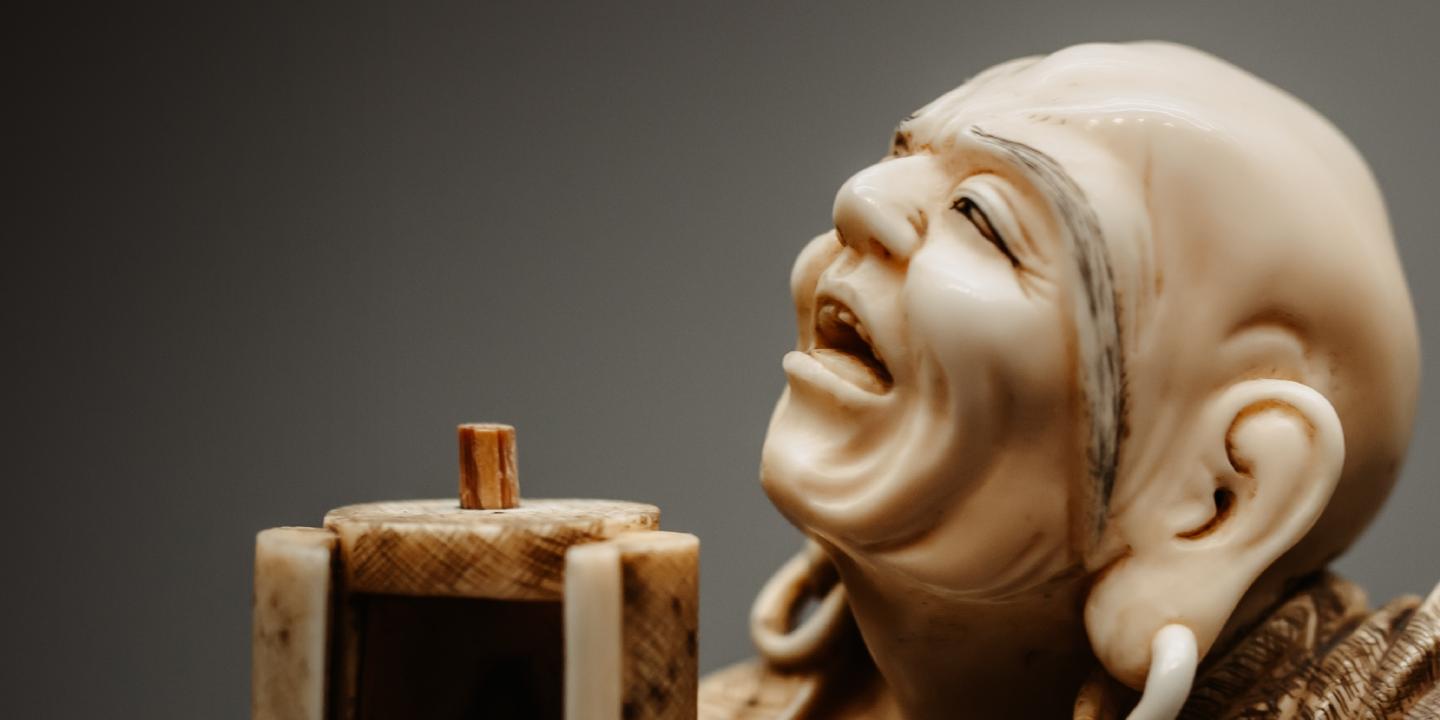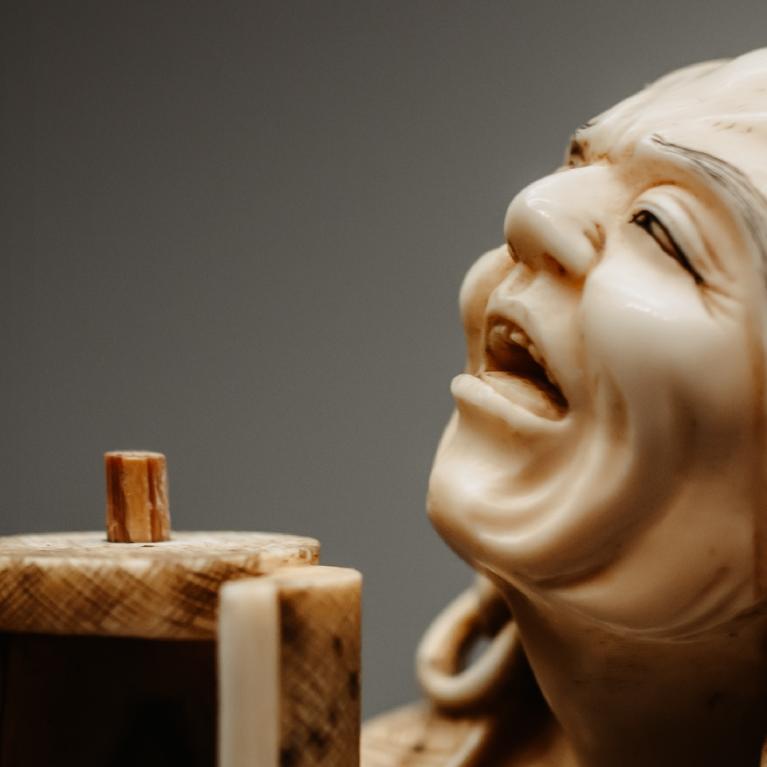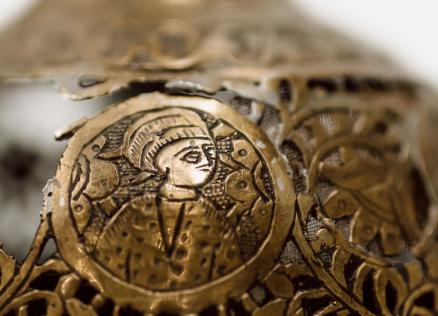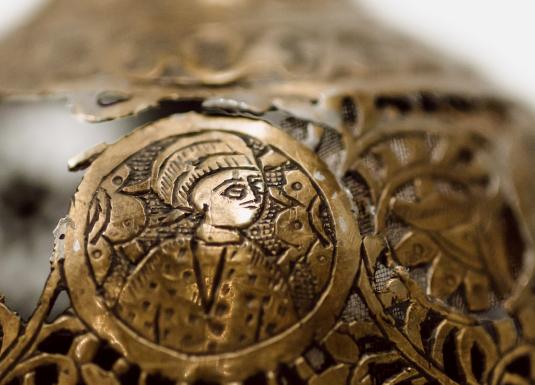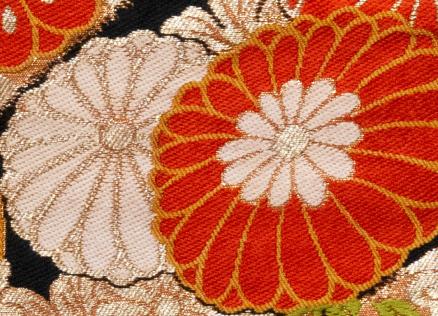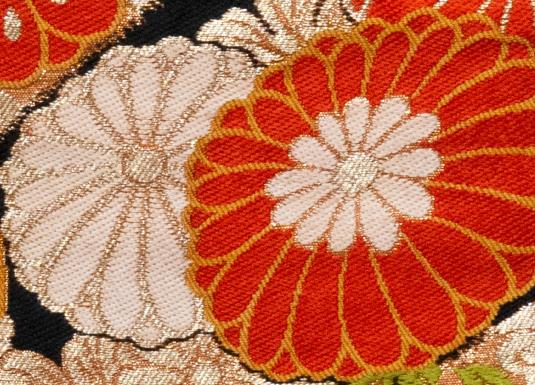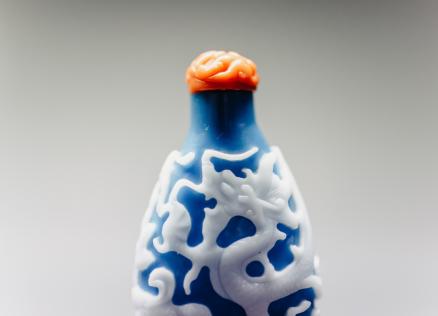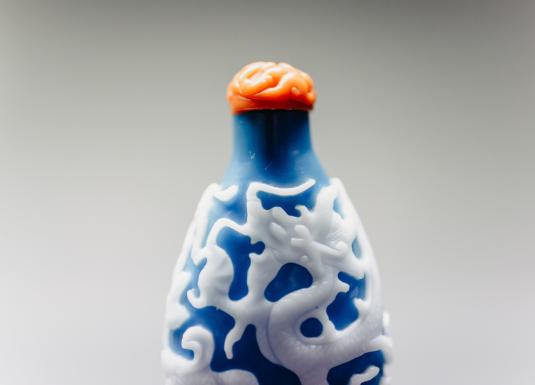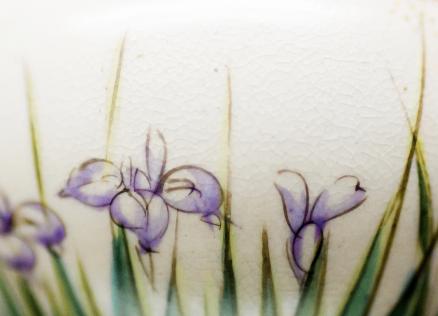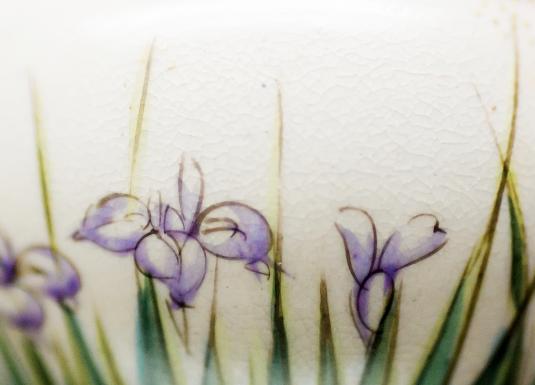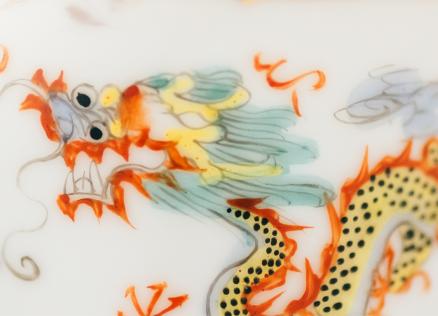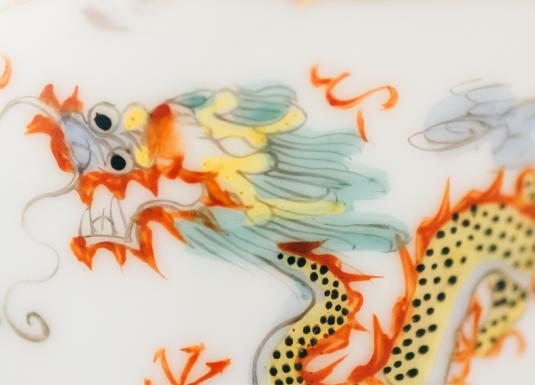Rakan. Okimono figure, Japan
From 11 August to 11 October 2020 Japanese okimono figure “Rakan” will be exhibited at the Art Museum RIGAS BOURSE (Doma laukums 6, Riga) as a part of the exhibition series “Asian Art Stories”. Japanese okimono figure "Rakan" tells a story not only about the Buddha's disciples, but also about the interactions between Japan and the Western world, and Latvian artists’ interest regarding Asian art.
The exhibited figure was created around the late 19th to early 20th century during the Meiji Period (1868–1912) when the political and cultural situation in the country was changing. Country’s image in the West was important to the Emperor, as was the preservation of traditional craftsmanship. Emperor Meiji tried to strengthen and formulate the Japanese identity through okimono and art in general, both within Japan, as well as externally in the Western world. The okimono masters were the first to try out the new artistic techniques and helped in creating the so-called Japanese style, which was oriented to western taste.
The exhibition displays one okimono figure Rakan and it is one of the Buddha’s disciples. Other okimono figures in the museum’s collection also portray the Japanese beauties and genre scenes. It is considered that rakan had reached the highest spiritual stage in the teachings of Buddhism and had miraculous powers, as well as the wisdom of Buddha. Many of the details on the object symbolize aspects of Buddha's teachings.
In the Meiji Period, the so-called Japonisme commenced in Western Europe and was characterized by the captivation of Europeans with Japanese art, its copying, and the adoption of its various elements into western art. Probably, it also influenced why the item wound up in the museum from the collection of Latvian artist Ģederts Eliass (1887–1975). He regularly went on tours of Europe, visiting the important exhibitions of the time at the greatest museums and galleries, and gained his professional education in Brussels and Paris. Latvian artist Ģ. Eliass owned a sizable collection of items of art from various cultures around the world, including Asian items from Japan, China, and India, and part of them came to Latvian National Museum of Art collection in 1987.
The exhibition series “Asian Art stories” encourages to discover and understand certain artworks, techniques, functions as well as their philosophical, religious, aesthetic and contextual significance. Western viewers have always been fascinated with the Asian art by its extraordinary form, technique and aesthetic view. LNMA Asian art collection has several thousand artworks from different Asian countries, however, only part of them are exhibited in the Oriental Gallery. By exhibiting one artwork or a group of objects, within the exhibition series, we will discover an extraordinary stories that often remain unheard.
The project was implemented with the support of the State Culture Capital Foundation of Latvia (SCCF) within the programme Creation of Future Cultural Content in All Cultural Sectors in order to reduce the impact of Covid-19.
